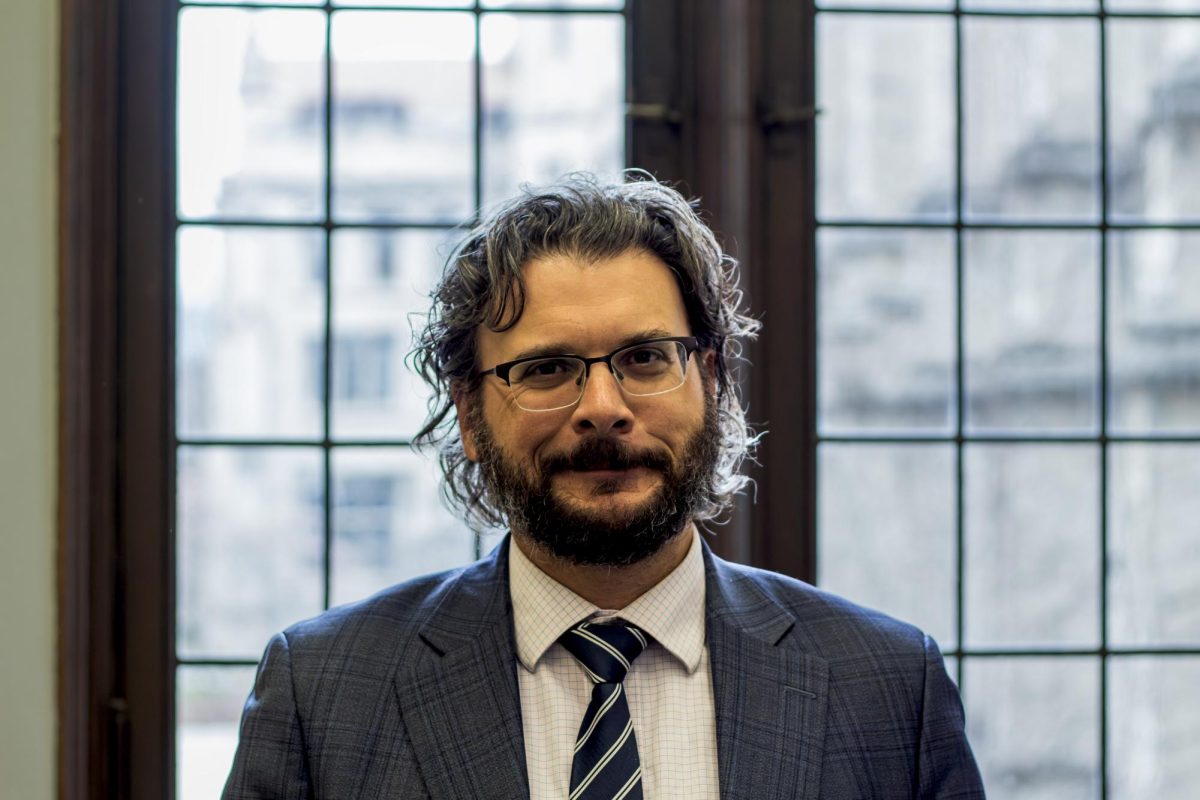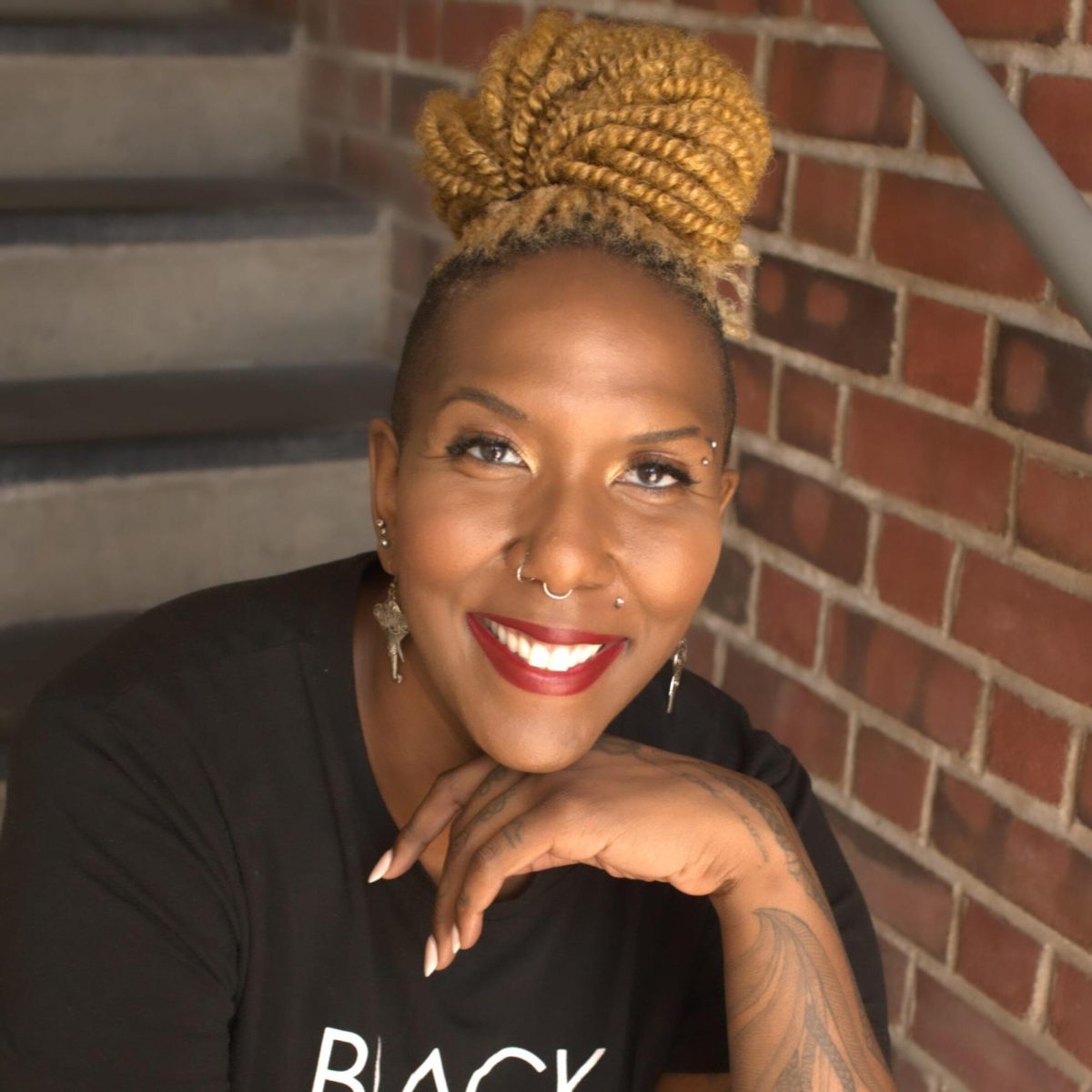With last week’s announcement of No Barriers, the University set an ambitious vision for the future success of low- and middle-income students. The new program guarantees University aid packages without loans and a simpler financial aid application process, among other initiatives. The need for these new programs appears strong: The University lags behind peer institutions in accessibility and has had problems with delivering financial aid packages this year.
Depth vs. breadth in University aid
Approximately 60 percent of students currently at the University receive some form of aid, according to Campus and Student Life News Officer Mary Abowd. About 47 percent of students in the College receive need-based aid, according to U.S. News and World Rankings. Financial aid at the University includes need-based and merit-based aid.
Recently, the Socioeconomic Diversity Alliance (SDA) reported on Twitter that 41% of incoming first-years received some type of aid in the 2014-2015 year. This statistic, however, is from a self-reported survey in a Chicago Life Meeting during O-Week, and cannot be verified. In fact, according to the 2013–2014 financial aid profile from College Data developed from Peterson’s database of college data and a College Board survey, approximately 69% of incoming first years in the College received some type of aid in the 2013–2014 school year. In comparison, 67% of incoming first-years to the College received some type of aid in the 2012-2013 school year, according to data from the National Center for Education Statistics.
Student Government President Tyler Kissinger, a middle-income and first-generation college student, praised No Barriers but expressed concern at the number of students on financial aid.
“Something that I’m concerned about is that while the University is making great strides in increasing the depth of their quality in their aid they offer to students, I sincerely hope that doesn’t come at the expense of the breadth—the number of students they’re admitting on financial aid—because it’s one thing to support low-income students and get a lot of good press, and it’s very easy to do that by admitting less of them and letting rich students subsidize that,” he said.
University behind most peer institutions in Pell Grants
Last month The New York Times created a College Access Index, ranking the socioeconomic diversity of universities with a four-year graduation rate of at least 75%. The Times ranked colleges using the percentage of students on Pell grants, the second-largest government financial aid program, and the average net price for tuition in 2012–2013 for students from households making between $30,000 and $48,000 a year.
On its scale, the College-Access Index gave the University a -0.1, which is below the average score of 0. 12% of University students received a Pell grant between 2012 and 2014, and the net tuition price for low- and middle-income student is $8,400.
The College Access Index also includes universities’ endowment per student, which is $450,000 at Chicago. Only 20 colleges have an endowment per student greater than $400,000, and of those only five, including UChicago, received a below-average score on the College-Access Index. The University also has a notably low percentage of student with Pell grants, compared to peer institutions.
Kissinger said the low percentage of students on Pell grants at the University is not surprising to him. “There’s no reason we should have the lowest number. There’s a reason we do, and I think part of that is that we have a campus climate that’s not super open for low- and middle- income students,” he said.
“Some fluctuation in Pell numbers is normal among institutions with need-blind admissions policies,” Abowd wrote in a statement. “Recent changes in undergraduate admissions selectivity, yield, and class size also may have played a role in this fluctuation.”
“I didn’t want to take out the loans for a bill I know could change”
This year many students received financial aid packages late, and some have still not received their packages. For many students the delay was attributed to a verification process, a requirement of the U.S. Department of Education for additional documentation for information on the FAFSA, according to the Office of College Aid.
For second-year Alyssa Cox, who received her aid during Orientation Week, the delay in her financial aid package due to verification meant she missed the initial deadline to pay tuition. Cox pays the expected family contribution of her aid package through private loans.
“What they told me, because we got the bill for $22,000, was to pay the same amount you paid last year, and if it’s more [they]’ll change it as a late fee, and if it’s less [they]’ll refund the money,” she said. “Which works for people who can usually pay what they’re told to pay, but in my case I didn’t have the money at my disposal. I didn’t want to take out the loans for a bill I know could change. It doesn’t make sense to go ahead and take out loans before you know what you have to pay.”
Second-year Chris Munoz had to delay signing a lease due to his late aid.
“They told me the general rule is that they’re gonna probably give me the same amount,” he said. “And I said, ‘Is it possible I could get less aid?’ And they’re like, ‘Well yeah, it’s not unlikely that it could go up by as much as $5,000.’”
The news office said this year was fairly typical year for aid processing.
“As in years past, financial aid applications are reviewed as they are received, with some arriving in the last month,” Abowd said in an e-mail. “All applications received through August have been processed.”
Kissinger emphasized the importance of both improving aid and the general campus climate.
“Just getting students and getting them through all the four years, those are really big tasks,” he said. “But also what is incredibly important is having a campus climate that is friendly and supportive and accessible in a social way.”
Additional reporting by Alec Goodwin.









